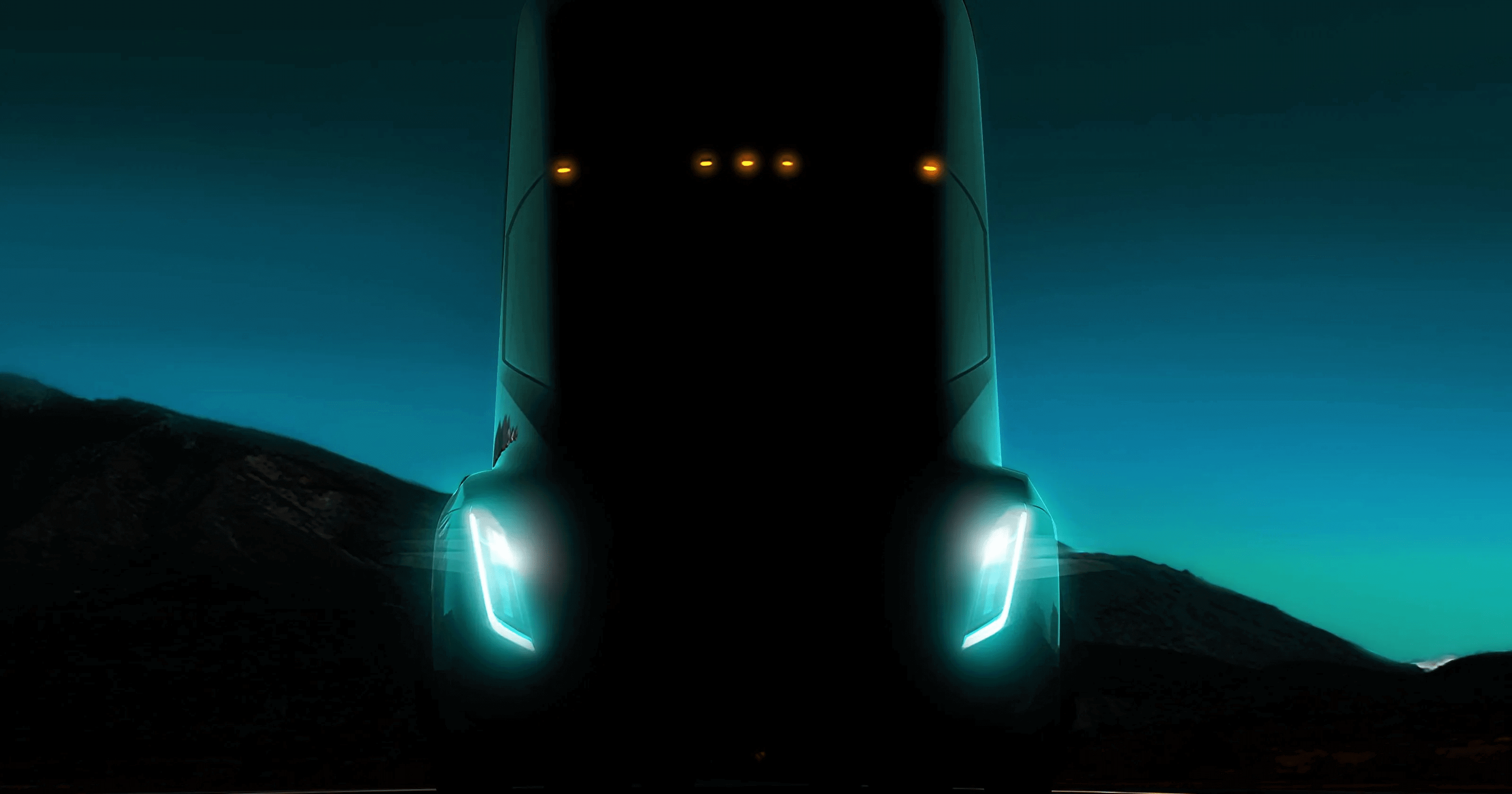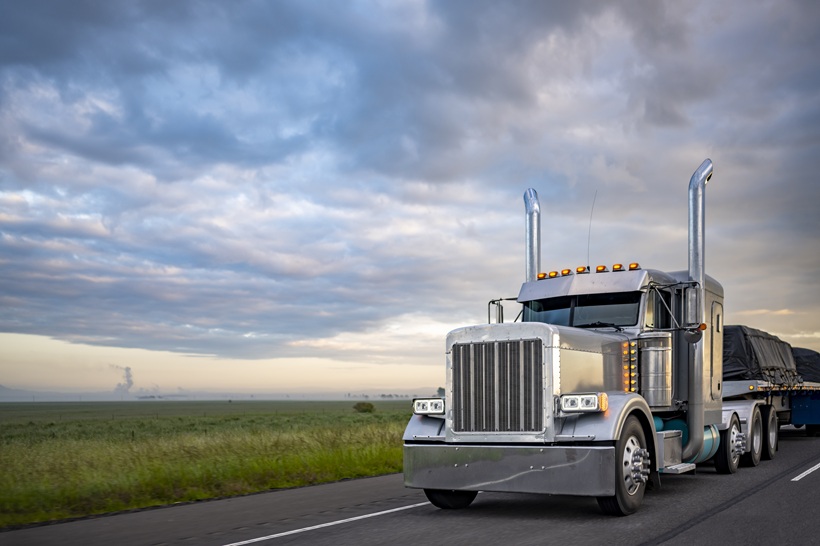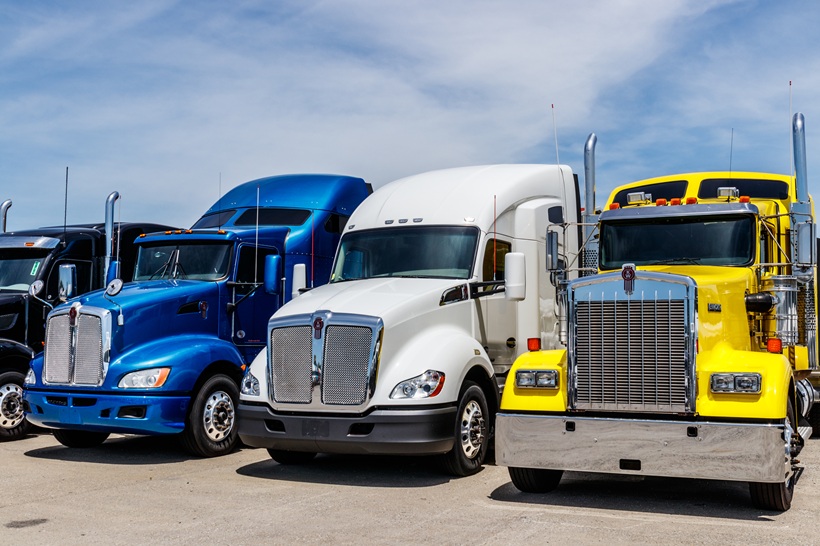
Trucking is Transitioning Into an Eco-Friendly Industry with a Sci-Fi Twist
By Matthew Meeks
“Live Long and Prosper”
Transflo fully supports an eco-friendly industry on Earth Day AND every day of the year…
With our continued dedication to advancing technology, helping trucking professionals stay compliant, and keeping routes efficient, we hope to create a safer industry with a lighter carbon footprint.
We’ve taken strides to make transportation professional’s jobs more efficient with in-cab scanning PLUS truck-friendly shorter routes that get drivers to destinations quicker – while also lowering carbon emissions…
But these are just small strides compared to some major eco projects taking place by big names in the industry such as Tesla, Nikola, MIT and Volvo.
TESLA
There has been buzz around the Tesla Semi ever since they announced they’d be manufacturing one back in 2016. And just in recent weeks it’s been spotted out delivering models of their cars to customers.
Tesla on Twitter: “Tesla Semi delivering cars to customers https://t.co/E9gakQhg9C” / Twitter
The Tesla Semi uses four electric motors (the same used in their Tesla model 3). CEO Elon Musk has made multiple claims about the electric truck including: fleets could save $.20 per mile, experience simplified maintenance versus diesel, and (of course) zero emissions.
There are two versions of the vehicle: One with battery configurations that could last 300 miles before recharging and another lasting 500 miles before recharging.
Tesla’s Impressive Impact Report shows it’s effects on our planet:
NIKOLA
Nikola, known as Tesla’s biggest competitor, just last week revealed their battery-only versions of the Nikola Two and Nikola Tre semi-trucks at Nikola World 2019 in Scottsdale Arizona. Previously the company only had hydrogen electric versions of these models.
Nikola is also betting heavily on hydrogen to finally break through with large trucks. Hydrogen has been talked about in the industry for decades now. Successful use has been limited due to cost and efficiency challenges.
Nikola hopes to bring hydrogen to the forefront of the industry by building tens of thousands of hydrogen powered rigs. Additionally they want to build a coast-to-coast hydrogen station network set up in order to fuel the fleet of hydrogen vehicles. CEO Trevor Milton told Forbes they’ve raised a third of a billion dollars so far with an end goal of $1.25 billion.
“You can’t do this alone. Toyota and the others can’t do it on their own and neither could we. The thing that Nikola brings to the table is we actually provide the entire tile work, we’re building 700 hydrogen stations around America. It will be the largest in the world.”
Though the primary focus is to eventually have a “zero emotions“ industry, there are some other elements to consider when addressing environmental concerns as it pertains to transportation.
MIT
MIT Energy initiative and Plasma Fusion and Science Center research scientist, Daniel Cohn, suggests that a 100-percent all-electric vehicle is an optimum goal, however, today’s batteries simply cannot realistically provide that quite yet.
That’s why MIT is proposing a hybrid heavy duty truck. This vehicle would use a plug-in hybrid engine system and a spark ignition engine instead of a diesel one. Researchers at MIT believe this type of vehicle address both efficiency and eco-friendly concerns within the industry.
“We’ve been working for a number of years on ways to make engines for cars and trucks cleaner and more efficient, and we’ve been particularly interested in what you can do with spark ignition [as opposed to the compression ignition used in diesel], because it is intrinsically much cleaner,” said Cohn.
Gas powered vehicles do indeed produce about 1/10 the nitrogen oxide pollution that diesel engines do. Additiona
lly, when pure methanol or ethanol from renewable sources is used, greenhouse gas emissions can account for zero. Sounds ideal, right?
Essentially this allows for the use of low greenhouse gas fuel when available, but also gives an option of running with gasoline. This is a win-win as it creates maximum flexibility. Some suggest this is a more practical alternative compared to Tesla’s and Nicola‘s all-electric truck models as they require major tonnage for their batteries.
Gasoline engines today have become more efficient and produce less air pollution than diesel. States like California are planning for new regulations on emissions, it makes it more and more difficult to be compliant if you have diesel engines in your vehicles.
Cohn continues, “The engines are cheaper, exhaust treatment systems are cheaper, and it’s a way to ensure that they can meet the expected regulations. And combining that with electric propulsion in a hybrid system, given an ever-cleaner electric grid, can further reduce emissions and pollution from the trucking sector.”
Ultimately MIT wants to address both the reducing of greenhouse gases AND air pollution. MIT’s recommended hybrid truck allows the Industry to tackle both.
What’s important is that the industry is collectively making strides toward decreasing carbon emissions. We still have a long way to go but luckily the future looks bright.



